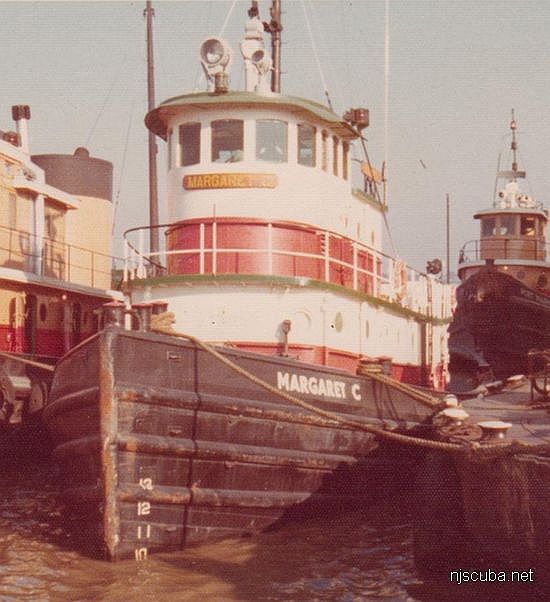Barge #10
- Type:
- shipwreck, derrick barge
- Depth:
- 60 ft
From AWOIS:
NM14/65 -- WK BUOY ESTABLISHED 50 YDS 060 DEGREES FROM SUNKEN BARGE WHICH LIES IN SOUTH SOUTHWESTERLY POSITION WITH A LEAST DEPTH OF 15 FT.
FE221/78-79 -- OPR-C622, ITEM 9; LOCATED W/0 WD THRU LORAN-C POS. PROVIDED BY GENE GEER, AMER. LITTORAL SOCIETY; DIVER VERIFIED AS BARGE W/DERRICK, 65 FT. L, 30 FT. W, RESTING IN INVERTED POS.; POSITION AND LEADLINE LEAST DEPTH OF 46 FT. DETERMINED; MRS. SCHWARTZ, SEC. FOR ATLANTIC, GULF AND PACIFIC CO. WV, IDENTIFIED VESSEL AS BARGE NO. 10.
FE334SS/89 -- OPR-C147-HE-89; DIVER INVESTIGATION OF SIDE-SCAN SONAR CONTACT FOUND ON SURVEY H10291/88; A LARGE METAL BARGE LYING INVERTED ON A SANDY BOTTOM RISING 6-8 FT. OFF THE BOTTOM ON ONE SIDE AND 3 FT. ON THE OTHER; VERY GOOD VISIBILITY; NO SIGN OF DERRICK, BUT DIVERS SPECULATED THAT SINCE THE WRECK IS HIGHER ON ONE SIDE THAN THE OTHER, THE DERRICK IS LIKELY UNDER THE WRECK AND WORKING INTO THE SAND; LEAST DEPTH OF 47 FT. TAKE ON HIGHER SIDE


Questions or Inquiries?
Just want to say Hello? Sign the .